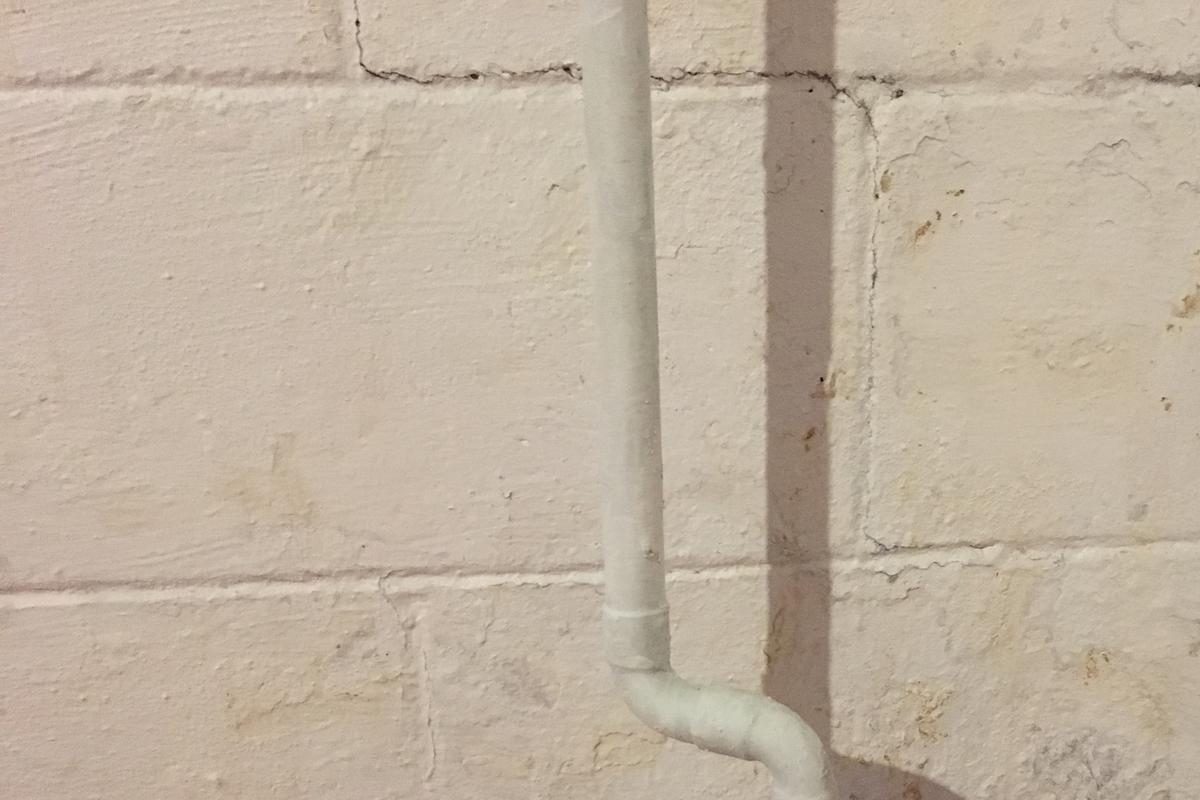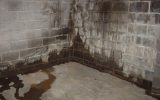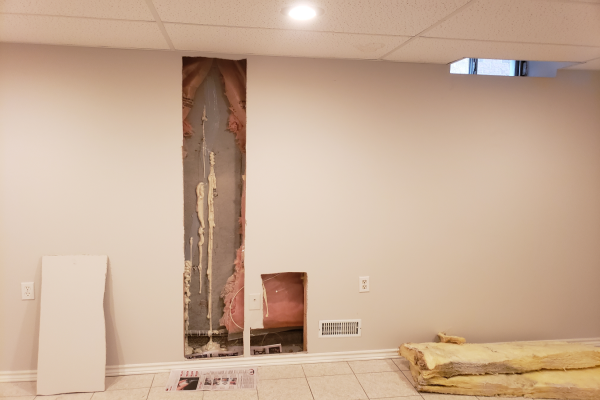Many people use the term “injection moulding” to incorrectly refer to the process of injecting foundation cracks to stop basement leaks from occurring. The term “injection” is used worldwide, usually in the context of injection molding / moulding which is a manufacturing process used in the production of parts by injecting a material into a mold. Because of the widespread use of injection molding for the production of many products, people are generally familiar with the term.
There are, of course, similarities between injection molding and crack injection in that both processes use injection; defined as the act or process of introducing fluid under pressure. In the context of basement crack repairs, resin is commonly injected into foundation cracks in poured concrete foundations. Two types of resin are used for crack injections: epoxy and polyurethane (also referred to as urethane or grout).
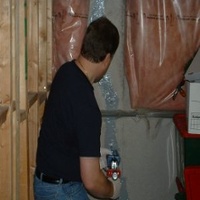
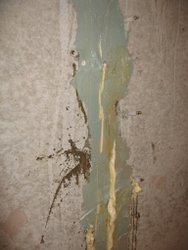
What is important about injection moulding foundation crack repair is that we are using resins to fill foundation cracks. Once injected, these resins harden within the crack, thereby eliminating the crack. Since leaks into the basement are often caused by leaking cracks in foundations (essentially a hole in the foundation wall) we are eliminating the hole and thereby stopping the basement leak. Once a basement crack has disappeared it can no longer allow water to leak into the basement.
Worried about the cost of repairing foundation cracks? Check out our post “The cost of polyurethane and epoxy foundation crack repairs“.

